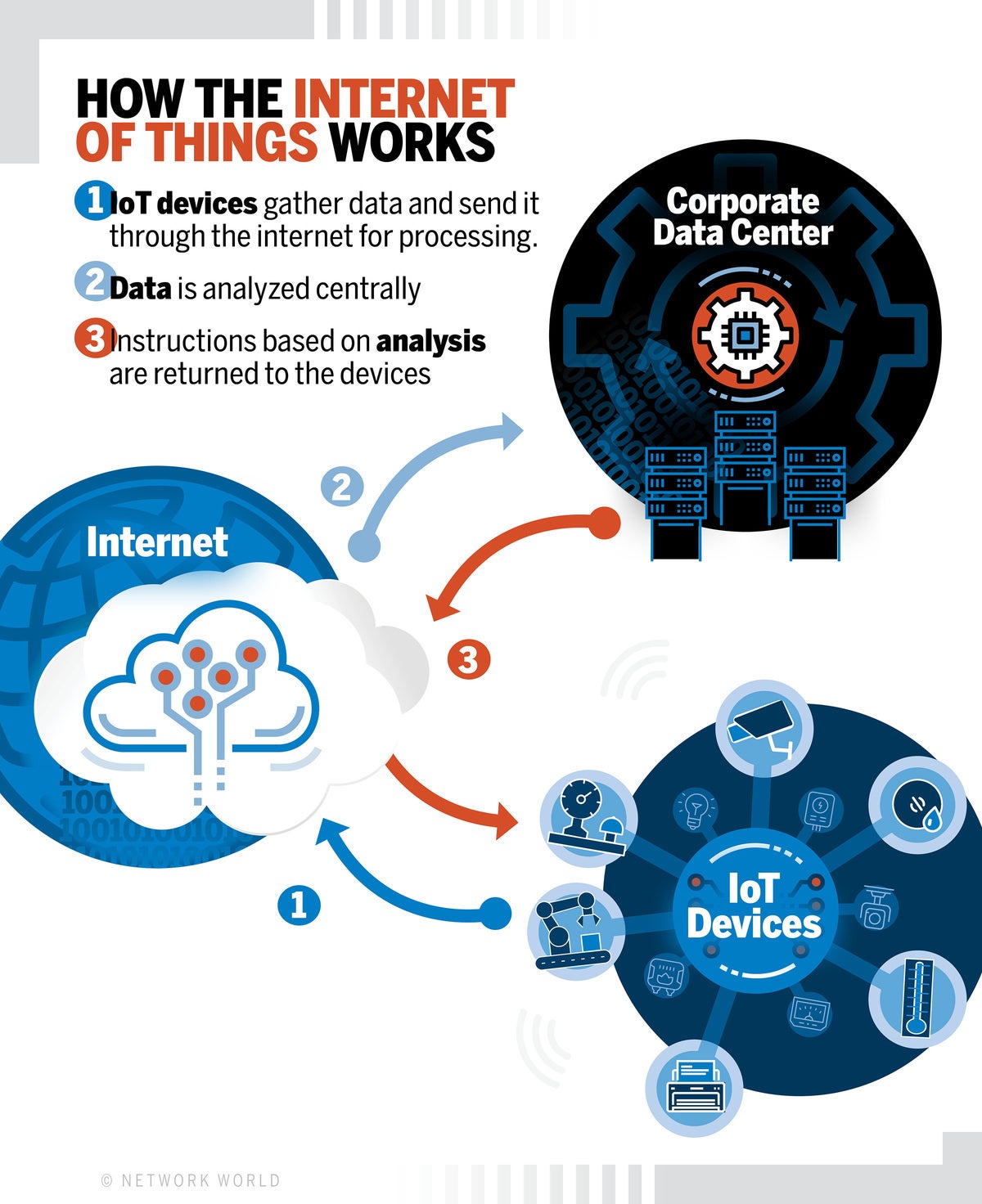internet of things how it works
The internet of things, often abbreviated as IoT, has been a buzzword in the tech industry for years now. But what exactly is IoT, and how does it work? In this article, we’ll break down the basics of IoT and what sets it apart from other technologies. Let’s get started!
How Does IoT Work?
IoT is essentially the connection of everyday objects to the internet or other networks. These objects, known as “smart devices,” are outfitted with sensors and other technology that allow them to gather and share data. This can range from simple readings like temperature and humidity to more complex data like audio or video. Once this data is collected, IoT devices can then analyze it to provide insights on a wide range of topics.
But how does all of this happen? At a high level, IoT works by utilizing a few key pieces of technology. First, there’s the smart device itself, which collects and transmits data. Then, there’s the network that connects the device to the internet or other networks. This can be a Wi-Fi network, a cellular network, or another type of network altogether. Finally, there’s the cloud-based system that processes the data collected by the device and makes it available for analysis and use.
Abstract
IoT is quickly becoming one of the dominant technologies of our time, with a wide range of potential applications across industries. By connecting everyday devices to the internet and other networks, IoT devices are able to gather and share data that can be used to optimize all sorts of processes. From energy management to manufacturing to healthcare, IoT has the potential to revolutionize the way we live and work.
Introduction
The internet of things has been a topic of discussion in tech circles for years, but it’s only recently begun to receive widespread attention. In essence, IoT is the connection of everyday objects to the internet or other networks, allowing for the collection and sharing of data. This data can then be used to optimize all sorts of processes, from energy management to logistics to healthcare. But how exactly does IoT work, and what makes it unique? Let’s explore.
What Makes IoT Different?
At its core, IoT is about connecting physical objects to the internet or other networks. This in and of itself isn’t a new idea – we’ve been connecting computers and other digital devices to the internet for decades. What sets IoT apart is the sheer scale and diversity of the objects that can be connected. Everything from cars to appliances to medical devices can be outfitted with sensors and other technology that allows them to participate in IoT networks.
Another key difference is the level of automation and intelligence that IoT devices are capable of. Thanks to advances in machine learning and artificial intelligence, IoT devices can now analyze the data they collect to provide insights and recommendations. This can range from simple things like adjusting the temperature in a room based on occupancy to complex logistics optimizations that minimize waste and maximize efficiency.
How Is IoT Being Used?
The potential applications for IoT are virtually endless. Below are just a few examples of how IoT is being used today:
Energy Management
One of the primary uses of IoT is in energy management. By connecting appliances, lighting, and other equipment to the internet, businesses and individuals can monitor and optimize their energy usage in real time. This can lead to significant cost savings and a reduction in carbon emissions.
Manufacturing
IoT is also being used to optimize manufacturing processes. By outfitting equipment with sensors and other technology, manufacturers can monitor everything from machine uptime to temperature to vibration, allowing them to identify potential problems before they occur. This helps to reduce downtime and improve product quality.
Healthcare
IoT is also beginning to make its way into the healthcare industry. By connecting medical devices to the internet, doctors and other healthcare professionals can monitor patient data in real time, identifying potential health risks before they become serious issues. IoT can also help to streamline processes like medication management and patient monitoring.
Conclusion
IoT is a powerful technology that has the potential to transform a wide range of industries. By connecting everyday objects to the internet and other networks, businesses and individuals can gather and analyze data that can be used to optimize all sorts of processes. From energy management to logistics to healthcare, the possibilities for IoT are virtually endless. As the technology continues to evolve and become more sophisticated, we can expect to see even more exciting applications in the years to come.

Source image : futureskillsprime.in

Source image : www.2basetechnologies.com

Source image : www.networkworld.com





